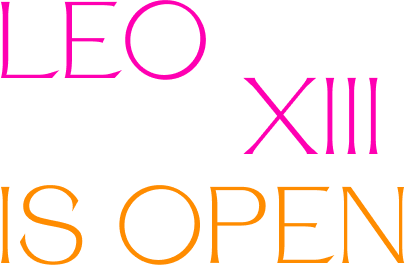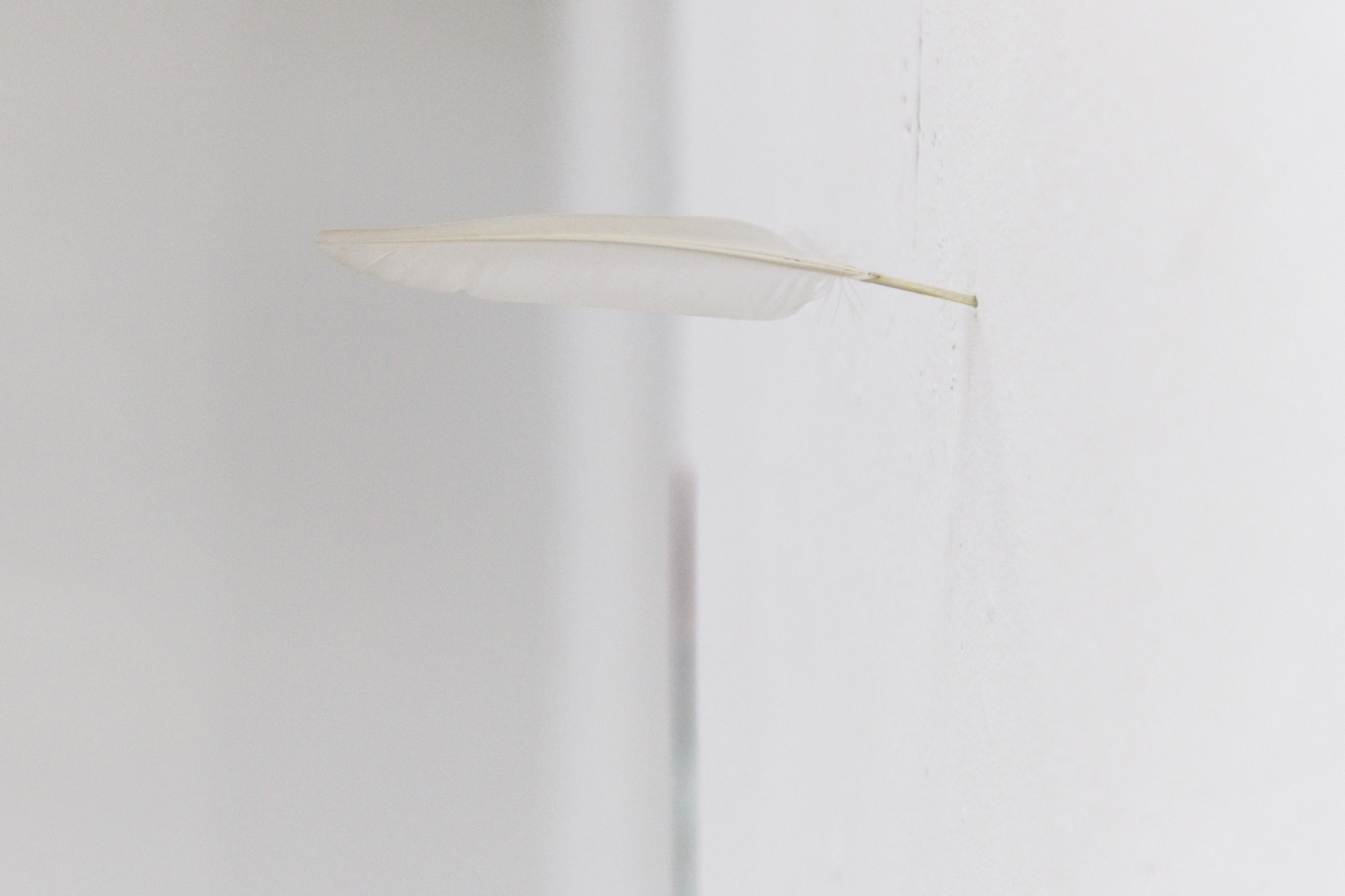How to Make (Use) (of Art)
Not for consumption. Nor for profit. Not for scientific, political or other purposes either. Not even for mere pleasure. The only purpose of art should be art itself. L'art pour l'art, art for art's sake, as the French Romantics would say. Ohne Interesse, disinterested, as Immanuel Kant had thought them. This is the condition of the “without” (without purpose, without use, without profit, without rules) that is characteristic of modern and contemporary art. It is this condition that is reflected in the whiteness and emptiness of the museum room, of the gallery wall, the studio, the residency.
For Lorelinde Verhees this condition is both something to investigate and to overcome. To investigate, because it encompasses for her the essence of what it means to make art. The empty walls and the blank page reflect the responsibility of the artist to fill them and the inevitable fear that follows from this responsibility. The empty walls force us to find in our selves the quietest hour, the most vulnerable of words, since it is, in the words of Niezsches's Zarathustra, “only the quietest words which bring the storm.” It is only in this quietest hour that one can find the freedom that is needed to break loose, to interrupt patterns and to transform both oneself and the world – a force that is equally represented by the wide variety of female figures displayed in Verhees' work: Tanja Nijmeijer, Ingrid Betancourt, Simone de Beauvoir, Ruby Rubacuori, and artist-baker and activist Lexie Smith. For various different reasons, these women found within themselves an interstitial space, an irrepressible forming force that could not but bring forth a storm. In this respect the condition of making art is inextricably linked with the condition of social change.
Excerpt from exhibition text by Aukje van Rooden.
Read full text here.


